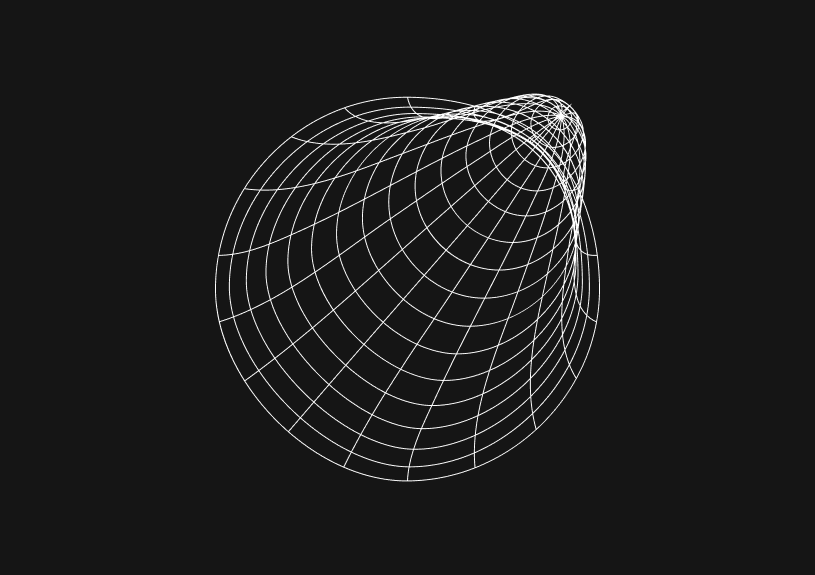
React Query Debounce
Debouncing is a technique used to delay a network request until a certain amount of idle time has passed. This is particularly useful for reducing the number of requests sent to a server, often applied in scenarios like search input fields or auto-complete suggestions. This guide tells you everything you need to know about how it works in React Query.
What is debounce in React Query?
Debouncing in React Query involves delaying the execution of a query until a specified period of idle time has elapsed. This ensures that the application does not make excessive API calls, which is common in user input scenarios where each keystroke could potentially trigger a network request.
Implementing debounce with useQuery
To apply debouncing with React Query's useQuery, you need to integrate a debounce function. Here’s a basic example using lodash's debounce method:
import { useQuery } from 'react-query'; import _ from 'lodash'; const useDebouncedQuery = (queryKey, queryFn, delay) => { const debouncedQueryFn = _.debounce(queryFn, delay); return useQuery(queryKey, debouncedQueryFn); };
Example: Debouncing a search input
Consider a search input that fetches data based on user input. We can debounce this query to only trigger after the user has stopped typing for a specified duration.
const fetchSearchResults = async (searchTerm) => { const response = await fetch(`/api/search?query=${searchTerm}`); return response.json(); }; const SearchComponent = () => { const [searchTerm, setSearchTerm] = useState(''); const { data } = useDebouncedQuery(['search', searchTerm], () => fetchSearchResults(searchTerm), 500); return ( <input type="text" value={searchTerm} onChange={(e) => setSearchTerm(e.target.value)} /> ); };
How to handle debounce edge cases in React Query
It's important to handle edge cases such as rapid user input changes or empty input values. You can add conditional logic within your query function or debounce function to handle these scenarios.
const fetchSearchResults = async (searchTerm) => { if (!searchTerm.trim()) return []; // Fetch logic };
Custom hooks for reusable debounce logic
For reusability, encapsulate the debounce logic in a custom hook. This allows you to apply debouncing to various parts of your application consistently and cleanly.
export const useDebouncedSearch = (searchTerm) => { return useDebouncedQuery(['search', searchTerm], () => fetchSearchResults(searchTerm), 500); };
Conclusion
By implementing debounce with React Query, you can significantly improve the performance of your application by reducing unnecessary network requests. This approach is particularly useful in scenarios with frequent user input, ensuring a smoother and more efficient user experience.
Invite only
We're building the next generation of data visualization.
How to Center a Table in HTML with CSS
Jeremy Sarchet
Adjusting HTML Table Column Width for Better Design
Robert Cooper
How to Link Multiple CSS Stylesheets in HTML
Robert Cooper
Mastering HTML Table Inline Styling: A Guide
Max Musing
HTML Multiple Style Attributes: A Quick Guide
Max Musing
How to Set HTML Table Width for Responsive Design
Max Musing






